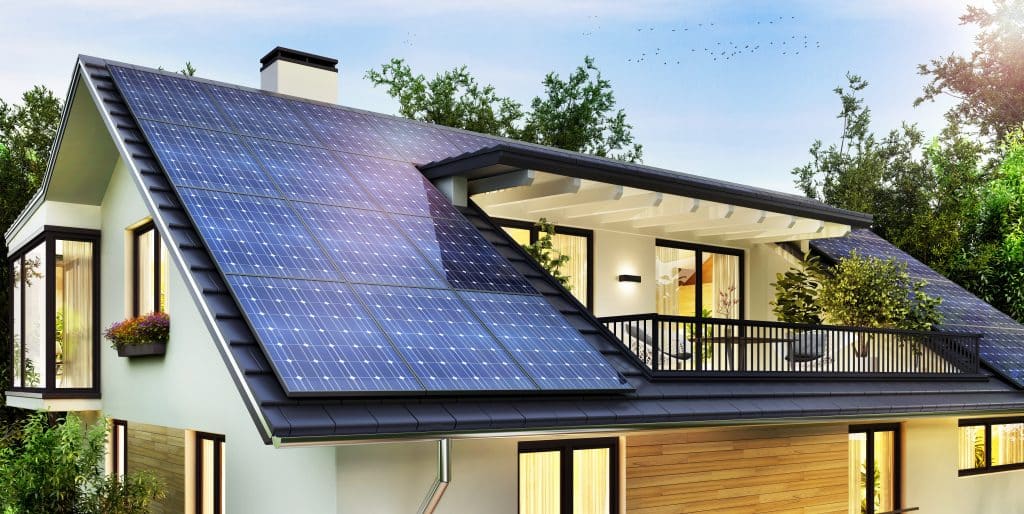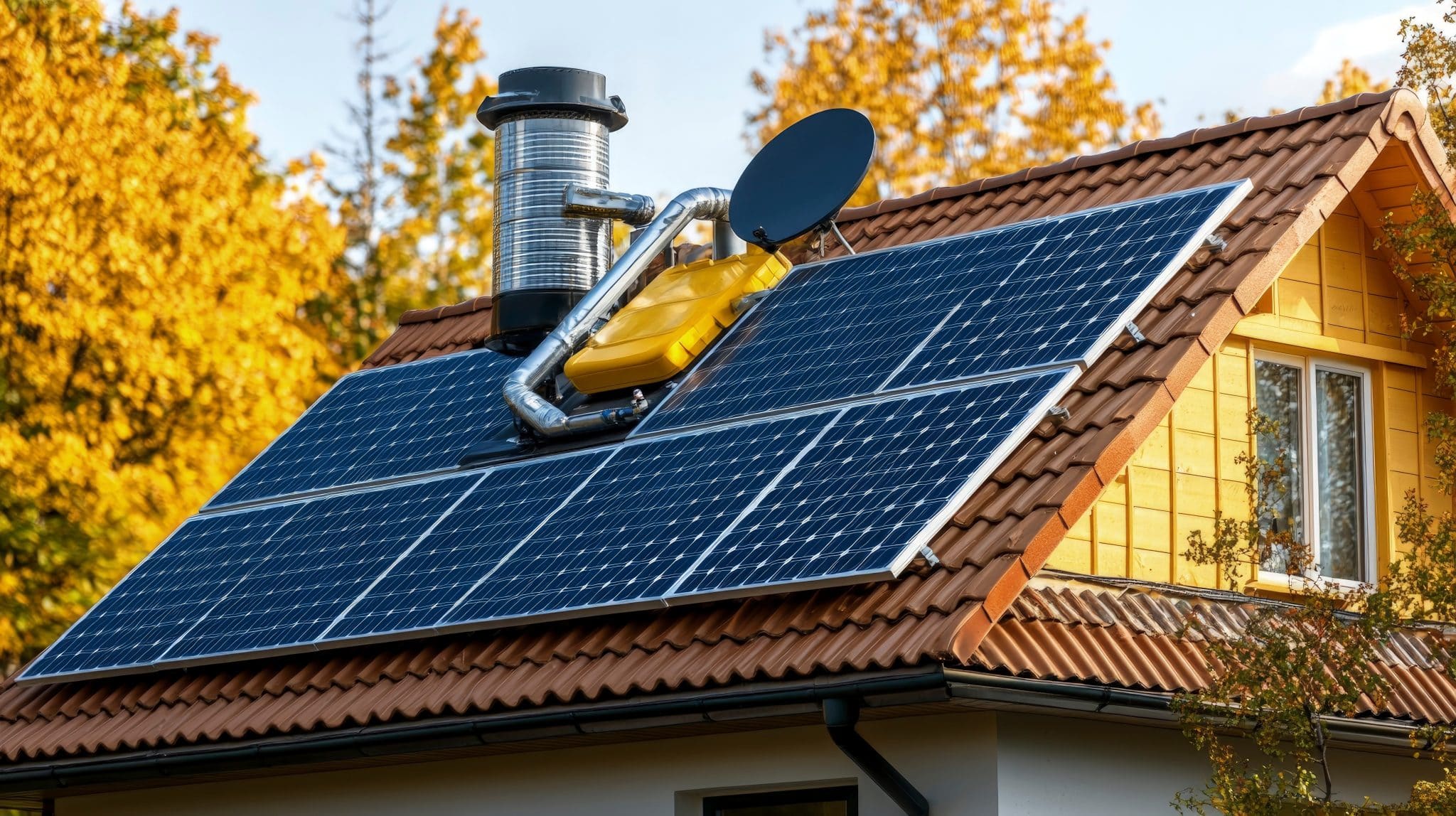How To Lower Energy Bills with Solar Power Solutions
Are you ready to take control of your energy costs and reduce your environmental impact? Solar energy offers a sustainable and cost-effective solution that can help you achieve both goals. By harnessing the power of the sun, you can generate clean electricity for your home and reduce your reliance on fossil fuels.
That said, this guide will explore practical steps to incorporate solar energy into your home, from understanding the basics of solar panels to navigating the installation process and maximizing your energy savings.
1. Install Solar Panels
One of the most effective ways to reduce energy bills with solar power is by installing photovoltaic (PV) solar panels. These panels convert sunlight into electricity, which can power your home or business, significantly lowering your dependence on the traditional electrical grid.
Once the solar panels are installed, they provide free energy from the sun, leading to a drastic reduction and, in some cases, the complete elimination of your electricity bill. While the initial investment for solar panel installation can be substantial, many areas offer tax incentives, rebates, and financing options to make solar power more accessible and affordable.
2. Use a Solar Battery Storage System
Incorporating a solar battery storage system into your solar power setup allows you to store the excess energy generated during the day for use at night or during cloudy periods.
This maximizes the efficiency of your solar power system and further reduces your energy costs by limiting the need to draw electricity from the grid during peak times when energy is often more expensive.
Though solar batteries represent an additional cost, many come with warranties that extend for several years, helping them pay for themselves over time through the savings they offer.
3. Monitor and Optimize Energy Usage
Many solar power solutions are equipped with monitoring systems that provide real-time data on both energy production and consumption.
By actively tracking your energy usage, you can identify opportunities to adjust your habits and make the most out of the energy your solar panels produce. Additionally, some solar systems integrate with smart home technology, enabling automated control of energy use and further optimizing efficiency.
4. Use Net Metering
Net metering is a system available in many regions that allows homeowners with solar panels to send excess electricity back to the grid in exchange for credits. These credits can then be used to offset the cost of grid electricity when your panels aren’t generating power, such as at night or during cloudy weather.
5. Solar Water Heaters
Solar water heaters are another cost-effective way to harness solar energy and reduce your electric bills. Rather than using electricity or gas to heat water, these systems use the sun’s energy to provide hot water for your home.
Water heating is often one of the largest contributors to a household’s energy consumption, so switching to a solar water heater can lead to substantial savings. These systems are typically less expensive to install than a complete solar panel system and offer significant energy reductions, particularly in regions with plenty of sunshine.

 6. Select the Right Solar System Size
6. Select the Right Solar System Size
Choosing the right size solar system is crucial to maximizing your energy savings. A system that is too small won’t produce enough electricity to meet your needs, while an oversized system may result in unnecessary costs without proportionate benefits.
To get the sizing right, conduct an energy audit of your home to determine your average electricity consumption. This will help you tailor your solar installation to meet your specific needs.
7. Take Advantage of Incentives and Rebates
Many governments and utility companies offer various incentives, rebates, and tax credits to encourage the adoption of solar power. For example, in the United States, the federal solar tax credit (ITC) allows you to deduct a significant portion of the cost of installing a solar energy system from your federal taxes.
Additionally, some states, local governments, and utility companies offer further incentives that can reduce installation costs even more.
8. Maintenance and Longevity
Solar panels generally require very little maintenance, but periodic cleaning and inspection can help ensure that they continue to operate at peak efficiency. With proper care, a solar panel system can last for 25 to 30 years or more. Over this time, the system will continue to provide free electricity long after the initial cost of installation has been paid off.
9. Reduce Dependence on Peak-Time Rates
In many areas, utility companies use time-of-use pricing, where electricity costs vary based on the time of day. Typically, energy is most expensive during the late afternoon and early evening, when demand is highest. Solar power can help you avoid these high rates by generating your electricity during the day.
10. Leverage Solar Power for Home Appliances
To maximize savings, you can use solar energy to power energy-efficient appliances. By combining solar power with efficient lighting, HVAC systems, and even electric vehicles, you can significantly reduce your overall energy consumption. Many of these appliances are designed to work well with solar energy systems, helping you get the most out of your solar investment and further lowering your monthly energy bill.
Conclusion
Solar energy offers a sustainable and cost-effective solution for reducing your monthly bills and minimizing your environmental impact. By following the practical steps outlined in this guide, you can successfully incorporate solar energy into your home and enjoy the benefits of reduced energy costs, increased energy independence, and a cleaner planet.







